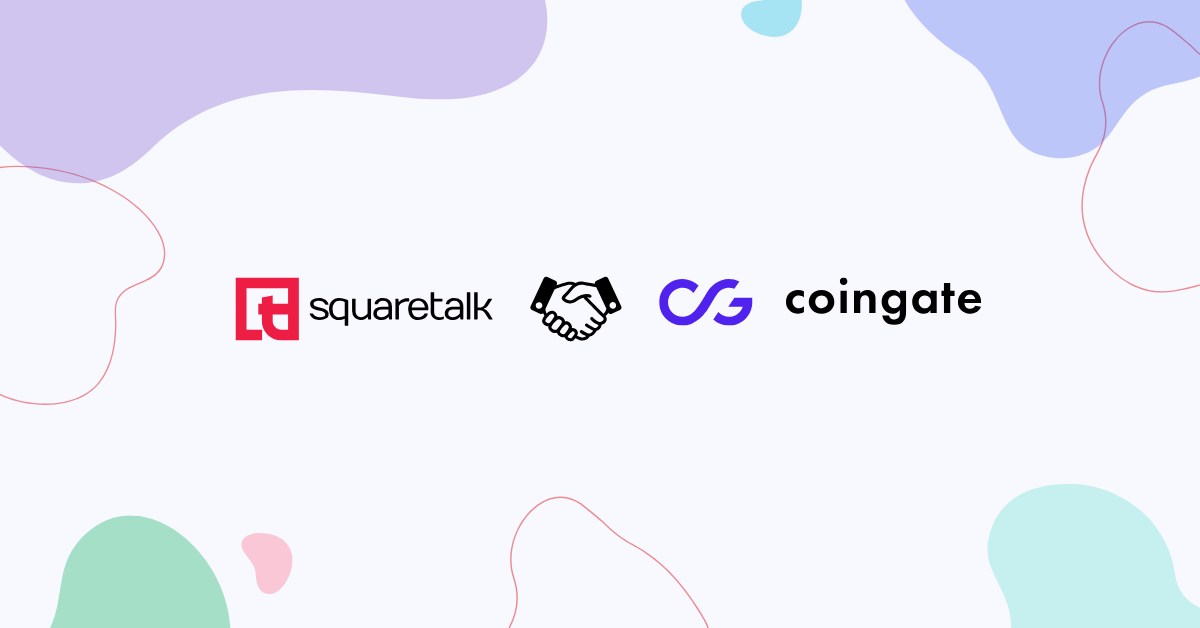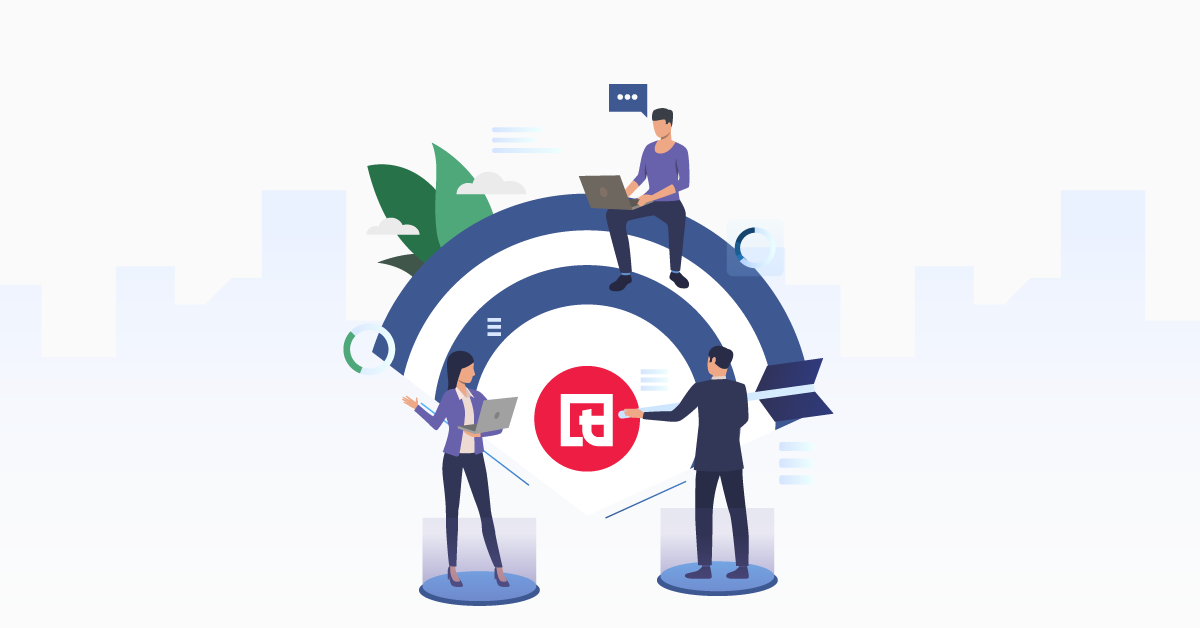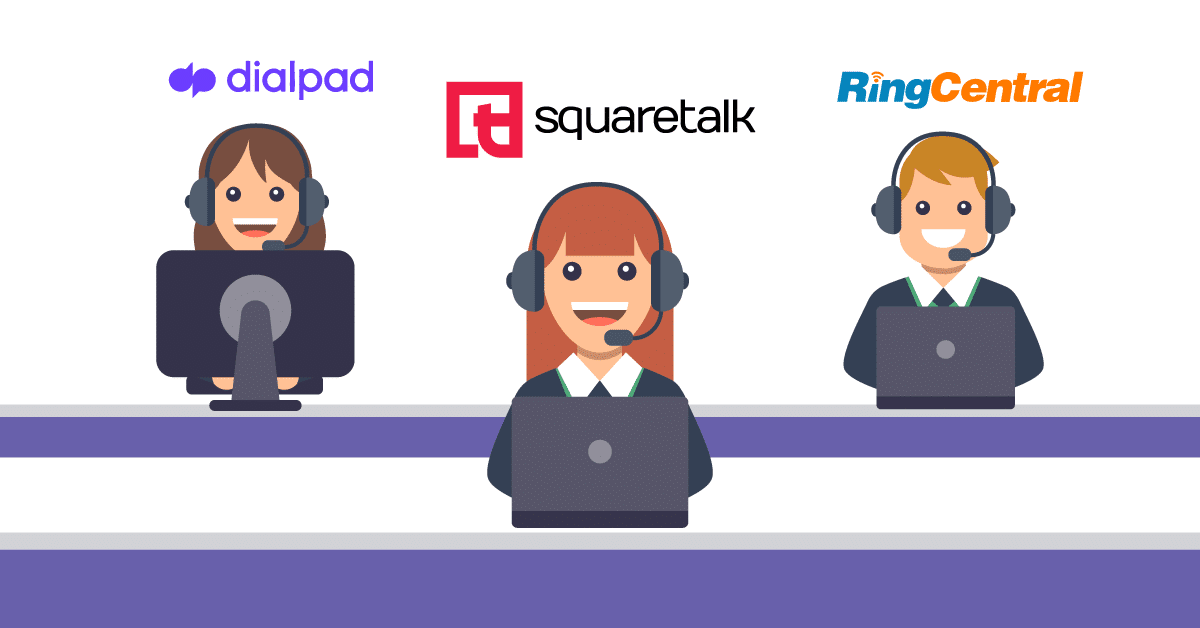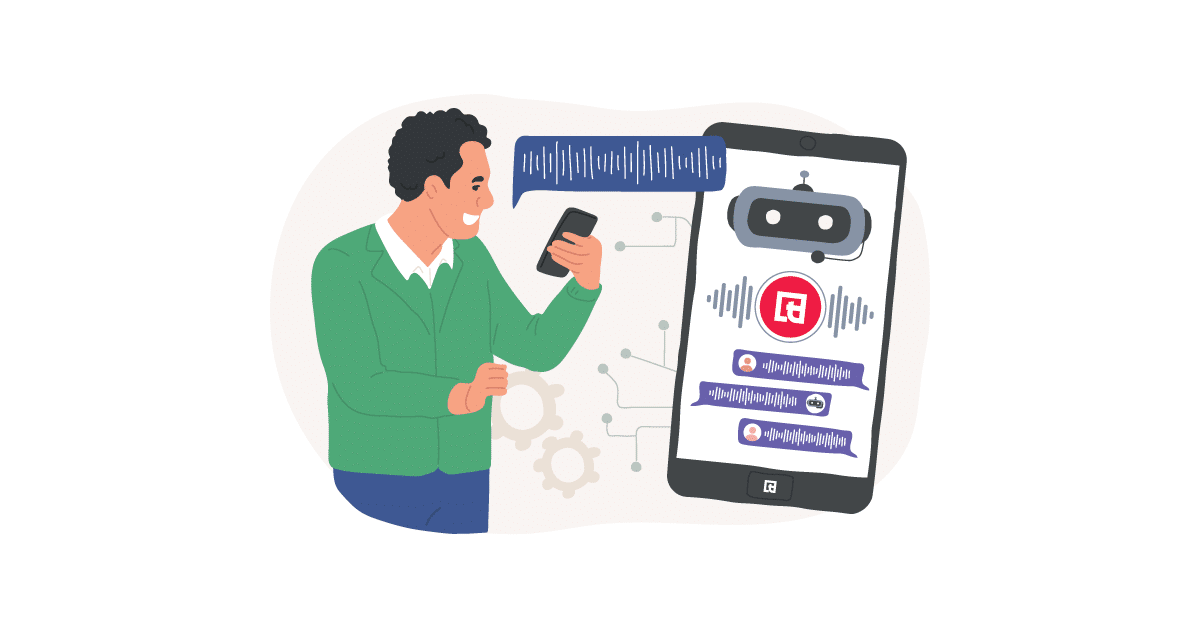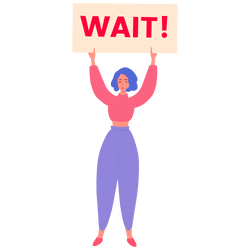Dialing systems are the backbone of outbound call operations, bridging the gap between businesses and their customers. Used since the late 80s, they can boost sales, enhance customer service or streamline your marketing.
If you choose the right dialer, that is.
No idea how to do that? We’ve got you covered.
Let’s start by explaining a bit more about dialing systems and how they help your business.
What Are Dialing Systems?
The term covers a variety of automated dialing solutions that streamline outbound calls in call centers, sales teams and customer service departments. These technologies can:
- manage call queues
- automate dialing phone numbers from a list
- minimize manual dialing efforts
- optimize call schedules, and
- provide advanced analytics.
Why Use Dialing Systems?
Efficiency and Productivity
By automating the dialing process, you free up agents from manual dialing and allow them to focus more on the conversation with potential customers. This leads to a higher volume of calls and, potentially, a higher success rate.
Enhanced Customer Experience
Modern dialer systems can integrate with Customer Relationship Management (CRM) software, enabling personalized customer interactions based on historical data and preferences. This level of personalization can improve customer satisfaction and loyalty.
Scalability
Dialer systems can easily scale up in peak calling periods or scale back during slower times without significant logistical challenges.
Compliance Management
With regulations like the Telephone Consumer Protection Act (TCPA) forcing strict guidelines on outbound calling, modern dialer systems are equipped with features to help ensure compliance, such as managing do-not-call lists and controlling call abandonment rates.
Cost Reduction
Dialer systems optimize call operations and improve agent productivity, which can lead to significant cost savings. They enhance the return on investment (ROI) by reducing the need for a large workforce and increasing call success rate.
Types of Dialing Systems
Dialer systems vary in complexity and functionality. Each type—auto dialer, predictive dialer, power dialer, progressive dialer, automated predictive dialer and AI predictive dialer—offers a different approach to optimizing outbound call campaigns.
Ranking dialing systems depends on a lot of factors:
- how advanced their technology is
- the sophistication of their algorithms
- the level of automation
- their ability to integrate and utilize data analytics and artificial intelligence.
With all that in mind, let’s look at each type of dialing system, starting from the simplest to the most complex.
Functionality: Automatically dials numbers from a list and connects answered calls to agents or plays a pre-recorded message. Auto dialers operate at a constant call pace.
Complexity: Low to moderate. It’s straightforward but lacks the predictive capabilities to manage agent idle time effectively.
Key benefit: Simplifies the dialing process, allowing for broad reach with minimal effort.
Main drawback: Lacks the intelligence to adjust dialing based on agent availability or call outcomes, potentially leading to increased idle time.
Best for: Simple outreach campaigns, broad notifications, surveys, appointment reminders and when you don’t need detailed interactions.
Functionality: Dials one number at a time for each available agent, moving to the next call as soon as the current one ends or is unanswered.
Complexity: Moderate. It offers more control over the calling process than auto dialers but doesn’t predict agent availability.
Key benefit: Ensures a consistent flow of calls without overwhelming agents, maintaining a focus on call quality.
Main drawback: Doesn’t maximize agent efficiency because it dials numbers more conservatively.
Best for: Operations that require detailed, personalized customer interactions with a focus on quality over quantity, like sales, customer service and follow-ups.
Functionality: Similar to power dialers but with added logic to prioritize calls based on certain criteria, which gives you a strategic approach to dialing.
Complexity: Moderate to high. You need to set up and manage prioritization rules.
Key benefit: Controls call pace to ensure agents are not overwhelmed and that each customer interaction can be handled with the needed attention.
Main drawback: Can lead to increased agent idle time compared to more aggressive dialing strategies, potentially reducing overall call center efficiency.
Best for: Environments where managing customer or lead prioritization is important, alongside efficient call handling, like segmented marketing campaigns or customer service follow-ups.
Functionality: Uses algorithms to dial multiple numbers simultaneously, predicting when agents will be free to take calls. It aims to reduce idle time by adjusting the dialing rate based on agent availability and call answer statistics.
Complexity: High, due to the need to balance dialing rate with agent availability and compliance requirements.
Key benefit: Dialing multiple numbers simultaneously and anticipating when agents will be available to take the next call minimizes idle time and lets your staff talk more to customers.
Main drawback: Can lead to higher call abandonment rates when more calls are answered than there are available agents to handle them.
Best for: High-volume call centers where maximizing agent talk time and efficiency is crucial. Predictive dialers are used in telemarketing, sales operations and for reaching a large number of people in a short time.
Functionality: An advanced form of predictive dialer that incorporates additional automation features for managing call lists, follow-ups and scheduling based on outcomes.
Complexity: Very high, integrating both predictive algorithms and automated workflows.
Key benefit: Increases operational efficiency by intelligently managing call queues and agent availability.
Main drawback: Risk of higher call abandonment rates if not accurately calibrated.
Best for: Complex and large call center operations that require sophisticated call and data management.
Functionality: Incorporates artificial intelligence with predictive dialing to analyze call data, predict the best times to call, personalize interactions based on customer data, and continually optimize calling strategies.
Complexity: Most advanced dialing system. It uses AI and machine learning for dynamic adjustments and optimization.
Key benefit: Offers dynamic adjustment of dialing strategies, real-time personalization of calls and in-depth analytics for continuous improvement.
Drawback: Complexity and cost can be higher compared to other systems, resulting in a significant investment in technology and training.
Best for: Call centers that prioritize efficiency, personalization, regulatory compliance and adaptive learning.

How to Choose The Right Dialing System for You?
- 1. Clearly define your needs. Whether your campaign's goal is sales, customer feedback, appointment setting or debt collection, knowing what you require will help you figure out the right dialer features.
- 2. Consider your call volume. High-velocity operations benefit more from predictive or automated predictive dialers. For less frequent calls or detailed conversations, it might be better to use power or progressive dialers.
- 3. Evaluate how the dialer you're considering can integrate with your existing tech stack, CRM and other business tools. Or you risk customer data fragmentation, a drop in productivity and increased costs.
- 4. Research compliance requirements in your industry and region of operation to make sure your dialing system has the necessary compliance features.
- 5. Weigh the dialer's scalability potential. Can you easily add agents or increase call volumes without significant system changes?
- 6. Check for customization and flexibility in settings, campaign management and reporting.
- 7. Assess how good the call center vendor's customer support is. You'll need comprehensive training, multiple channels of customer service, a knowledge base and quick technical support.
- 8. Analyze both upfront and ongoing costs and the pricing model. Some systems may have lower initial fees but higher operational expenses.
- 9. Prioritize user experience. An intuitive interface for both agents and managers will reduce training time and increase overall productivity.
- 10. Look for the features that you actually need - you don't have to pay for AI, real-time reporting and automated workflows if you're not going to use them.
- 11. Read reviews and get references. Hearing about other users' experiences will give you valuable insights into the system's performance and reliability.
- 12. Test before committing with a trial or a demo. This will help you assess the dialer's compatibility with your existing networks and identify any potential issues before making a long-term commitment.
Final Words
The choice of dialer technology can become the cornerstone of your customer engagement strategy and success. You now know the different types of dialing systems, their crucial role for your business and what to look for when selecting one. This will help you make an informed decision that will amplify your outreach efforts, personalize customer interactions, and ultimately, drive your business forward.
Just remember: the perfect dialing system is the one that grows with your operations, integrates seamlessly with existing workflows, optimizes your outbound communication and aligns with your long-term goals.
FAQ
What is a dialing system?
A dialing system automates the process of making outbound calls. It dials phone numbers from a list, connects calls to available agents and can perform a variety of tasks to streamline call center operations.
Why should your business use a dialing system?
Using a dialing system can significantly increase your call center’s efficiency by reducing idle time, ensuring consistent outreach and improving the management of your call lists. It allows your team to focus on meaningful interactions, which enhances customer experience and can potentially boost sales and retention rates.
What types of dialing systems are available?
The main types are auto dialer, power dialer, progressive dialer, predictive dialer, automated predictive dialer and AI predictive dialer.
How to you choose the right dialing system for your business?
Consider your business goals, call volume, team size and the level of personalization you need in your customer interactions. Evaluate each system’s features, integration capabilities with your existing tech stack, compliance tools, scalability, cost and vendor customer support.
What are the main pitfalls to avoid when selecting a dialing system?
Don’t overlook: integration complexity with your CRM and other tools; relevant compliance features; system scalability; the total cost of ownership, including hidden fees; user-friendly interface for your agents.
Can a dialing system integrate with your existing CRM?
Yes, most modern dialing systems are designed to integrate with popular CRM platforms. Still, ensure the call management software you pick is compatible with the specific tools you use.
How does a dialing system manage compliance with telemarketing laws?
Good dialing systems include features to manage compliance, such as do-not-call list integration, call time restrictions based on geography and consent management tools.
What features are essential in a dialing system?
Look for effective lead management and prioritization; real-time analytics and reporting; seamless CRM integration; robust compliance management tools; scalability; and ease of use for both agents and administrators.
How can you ensure a high ROI with a dialing system?
Choose a system that matches your operational needs, integrates well with your tech stack, offers scalability and delivers in-depth analytics. It’s also crucial to train your team effectively and continually optimize your calling strategies based on data insights the dialing system provides.


